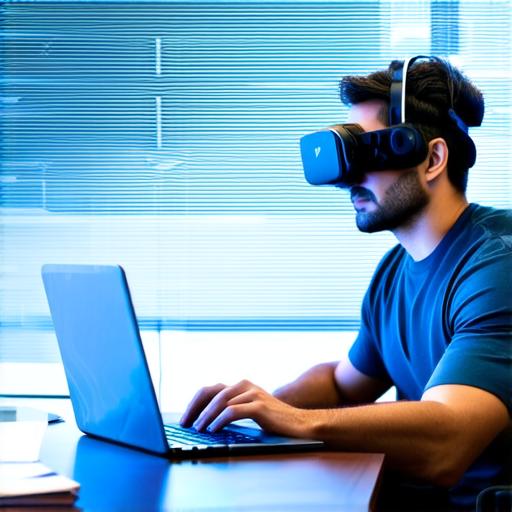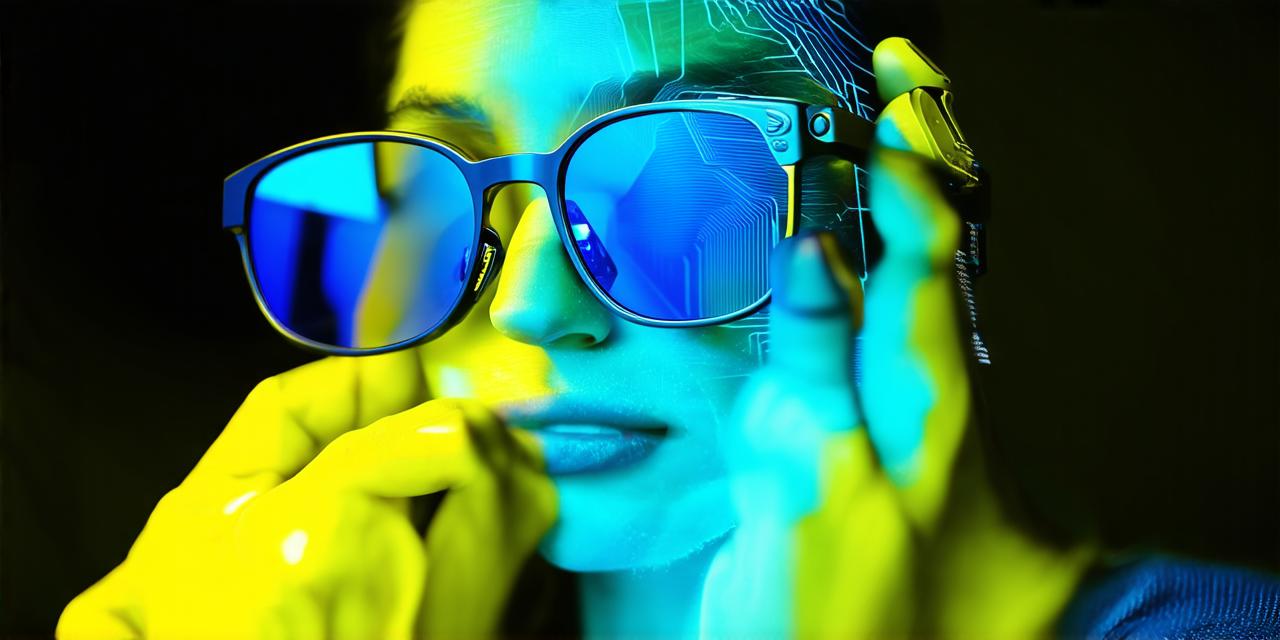Introduction:
Augmented reality (AR) is an exciting and rapidly evolving field that has captured the imagination of developers, marketers, and consumers alike. AR technology allows us to enhance our real-world environment with digital elements, creating a more immersive and interactive experience. In this guide, we will explore the process of developing your own augmented reality experience from start to finish, including best practices, tips, and tricks for success.
Part 1: Understanding Augmented Reality
Before diving into the development process, it’s important to understand what AR is and how it works. AR technology overlays digital information onto the real world, creating a hybrid environment where physical and virtual elements coexist. This can be achieved through various methods such as image recognition, depth sensing, and computer vision.
Part 2: Planning Your Augmented Reality Experience
The first step in developing an AR experience is to plan and conceptualize your idea. This involves identifying the target audience, determining the purpose of the experience, and selecting the appropriate AR technology.

When planning your AR experience, it’s important to consider the user’s perspective and ensure that the experience is intuitive and easy to use. You should also think about how the experience will be integrated into the real world and how it will enhance the user’s overall experience.
Part 3: Selecting the Right AR Technology
There are several AR technologies available, each with its own strengths and weaknesses. Some of the most popular AR technologies include:
- Image recognition: This technology uses computer vision to recognize images in the real world and overlay digital information onto them.
- Depth sensing: This technology uses sensors to detect depth and distance information, allowing for more accurate object tracking and placement.
- Computer vision: This technology uses machine learning algorithms to analyze and interpret visual data, enabling AR applications such as facial recognition and object detection.
When selecting the right AR technology for your experience, it’s important to consider factors such as accuracy, speed, and scalability. You should also think about the hardware requirements and ensure that the technology is compatible with the devices you plan to target.
Part 4: Developing Your AR Experience
Once you have planned your AR experience and selected the appropriate technology, it’s time to start developing. This involves creating a 3D model of the virtual objects, integrating them with the real world using AR software, and testing the experience to ensure that it is working as intended.
One popular AR development platform is Unity, which provides a range of tools and resources for creating AR experiences. Other platforms include Vuforia and Wikitude.
When developing your AR experience, it’s important to pay attention to details such as lighting, shadows, and perspective. You should also think about how the user will interact with the virtual objects and ensure that the experience is intuitive and easy to use.
Part 5: Testing and Optimization
Once your AR experience is complete, it’s important to test it thoroughly to ensure that it works as intended. This involves testing the experience on different devices and in different environments, identifying any issues or bugs, and making necessary adjustments.
Optimizing your AR experience for performance is also important, especially when targeting mobile devices with limited resources. This involves optimizing the 3D models, reducing the number of virtual objects, and minimizing the amount of data that needs to be transmitted between the device and the server.
Part 6: Deploying Your AR Experience
When your AR experience is complete and optimized, it’s time to deploy it to the target devices and platforms. This involves publishing the experience on app stores or other distribution channels, promoting it through social media and other marketing channels, and monitoring its performance over time.
Conclusion:
Developing an augmented reality experience can be a complex and challenging process, but with the right tools, resources, and planning, it can also be highly rewarding.
